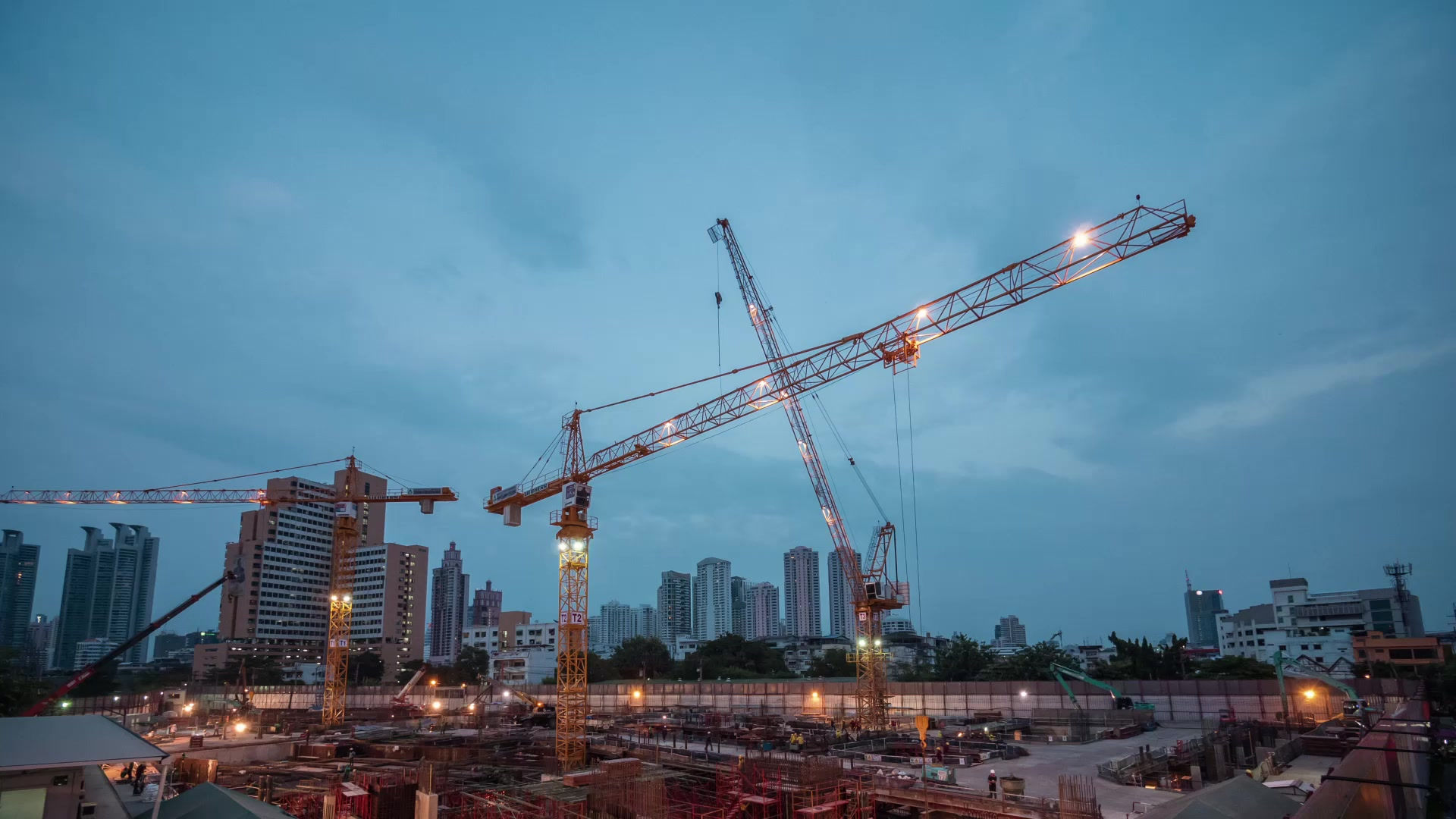Understanding Fire Dampers: Essential Safety in UK Buildings
- Fire Defence Solutions

- Mar 4
- 4 min read

Fire safety is a critical priority for any building, and one often-overlooked yet essential component is the fire damper. These devices play a vital role in preventing the spread of fire and smoke through a building’s ventilation system, helping to protect both lives and property.
Despite their importance, many people are unaware of what fire dampers do or why they are crucial for fire safety compliance. In this guide, we’ll explain what fire dampers are, how they work, and why they are a necessary component of passive fire protection in UK buildings.
What Are Fire Dampers?
Fire dampers are passive fire protection devices installed within a building’s ductwork and ventilation systems. Their primary function is to automatically close when a rise in temperature is detected, preventing fire and smoke from spreading through air ducts and between different fire compartments.
🔥 Key Features of Fire Dampers:✔️ Installed inside HVAC (Heating, Ventilation, and Air Conditioning) ductwork.✔️ Made from fire-resistant materials to withstand high temperatures.✔️ Designed to seal off duct openings when activated.✔️ Help maintain fire compartmentation, stopping flames and toxic fumes from spreading.
These dampers are particularly crucial in buildings with extensive ventilation systems, as they prevent hidden fire pathways from forming inside air ducts, which could rapidly spread flames beyond the fire's origin.
How Do Fire Dampers Work?
Fire dampers are designed to activate automatically in response to high temperatures, preventing fire from traveling through a building’s ductwork. There are two main types of activation mechanisms:
1. Fusible Link Fire Dampers
These dampers operate using a fusible link—a small metal component that is designed to melt when exposed to temperatures of around 72°C.
🔹 How It Works:
Under normal conditions, the damper remains open, allowing air to flow through the duct.
When a fire occurs and the temperature rises, the fusible link melts, releasing the damper blades.
The blades snap shut, sealing off the air duct and preventing fire and smoke from spreading.
2. Motorized Fire Dampers (Actuator-Driven Dampers)
Modern buildings often use motorized fire dampers equipped with electric actuators that can be linked to a fire alarm system.
🔹 How It Works:
These dampers stay open under normal conditions.
When smoke or high heat is detected by the fire alarm system, the actuator triggers the damper to close.
This system offers an additional layer of safety, as it can be connected to smoke detectors for early activation.
🚨 Why It Matters:Regardless of the type, fire dampers are essential for stopping fire and smoke from traveling unnoticed through ventilation systems, giving building occupants more time to evacuate safely.
Why Are Fire Dampers Essential for Fire Safety?
Fire dampers play a crucial role in fire protection and legal compliance. Here’s why they are a must-have in any building:
1. Life Safety – Preventing Fire & Smoke Spread
🚨 Fire dampers save lives by containing fire and toxic smoke within a designated area, ensuring safe evacuation routes remain clear.
🔥 Without fire dampers:
Smoke and fire can travel undetected through ventilation systems.
Occupants may become trapped in smoke-filled rooms or corridors.
Emergency responders face greater difficulty controlling the fire.
2. Property Protection – Limiting Fire Damage
🏢 Buildings suffer extensive damage when fire spreads unchecked through ductwork. Fire dampers help contain the fire, reducing structural damage and lowering repair costs.
3. Legal Compliance – Meeting UK Fire Safety Standards
Fire dampers are required to meet the Building Regulations 2010 (Approved Document B) and the Regulatory Reform (Fire Safety) Order 2005.
📜 Fire safety laws require that:✔️ Fire dampers are installed in all buildings with ventilation systems.✔️ Regular fire damper inspections and maintenance are carried out.✔️ Fire stopping measures, including fire dampers, are tested and documented.
💰 Failure to comply with fire safety regulations can result in hefty fines, legal action, or even imprisonment.
Where Should Fire Dampers Be Installed?
Fire dampers are required in any building with ventilation systems where air ducts pass through fire-rated walls, floors, or partitions.
🏢 Common locations for fire dampers include:✔️ Commercial buildings – Offices, shopping centers, and entertainment venues.✔️ Residential buildings – Apartment blocks, HMOs, and high-rise flats.✔️ Hospitals & care homes – Where occupant safety is a priority.✔️ Schools & universities – To protect students and staff.✔️ Hotels & hospitality venues – Ensuring fire safety in guest accommodations.✔️ Industrial facilities – Warehouses and factories with large ventilation systems.
Fire Damper Testing & Maintenance: Staying Compliant
Simply installing fire dampers is not enough—they must be regularly inspected, tested, and maintained to remain effective.
How Often Should Fire Dampers Be Inspected?
🔹 Fire dampers should be inspected and tested at least once every 12 months, as recommended by BS 9999:2017.
📋 Key fire damper maintenance tasks include:✅ Checking for blockages or obstructions in the ductwork.✅ Testing fusible links or actuator systems to ensure they function correctly.✅ Cleaning dampers to prevent dust buildup, which can hinder operation.✅ Repairing or replacing damaged dampers immediately.
🔧 Neglecting fire damper maintenance can lead to failure during a fire, putting lives at risk and exposing building owners to legal penalties.
Conclusion: Are Your Fire Dampers Compliant & Functional?
Fire dampers are an essential part of passive fire protection, helping to prevent fire and smoke from spreading through ventilation systems. However, their effectiveness relies on proper installation, regular inspections, and ongoing maintenance.
🚨 If you’re responsible for building fire safety, now is the time to ensure your fire dampers are in top condition.
🔍 Not sure if your fire dampers are compliant?
📞 Contact Fire Defence Solutions today for expert fire damper installation, inspection, and maintenance services!





Comments